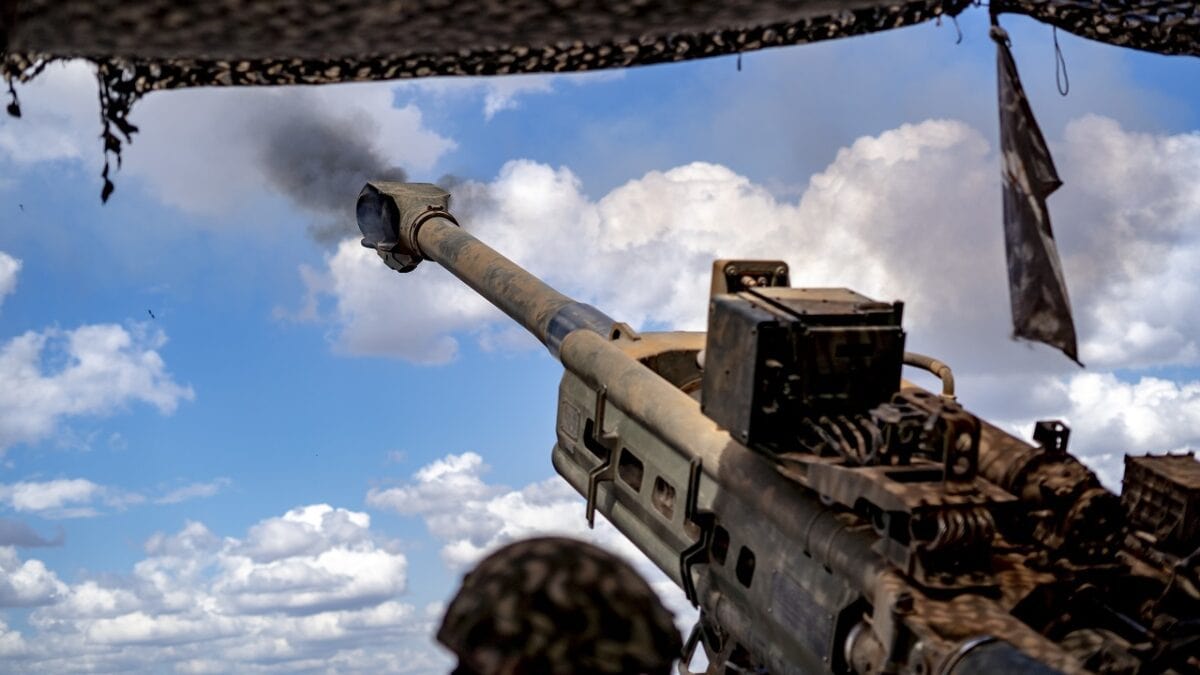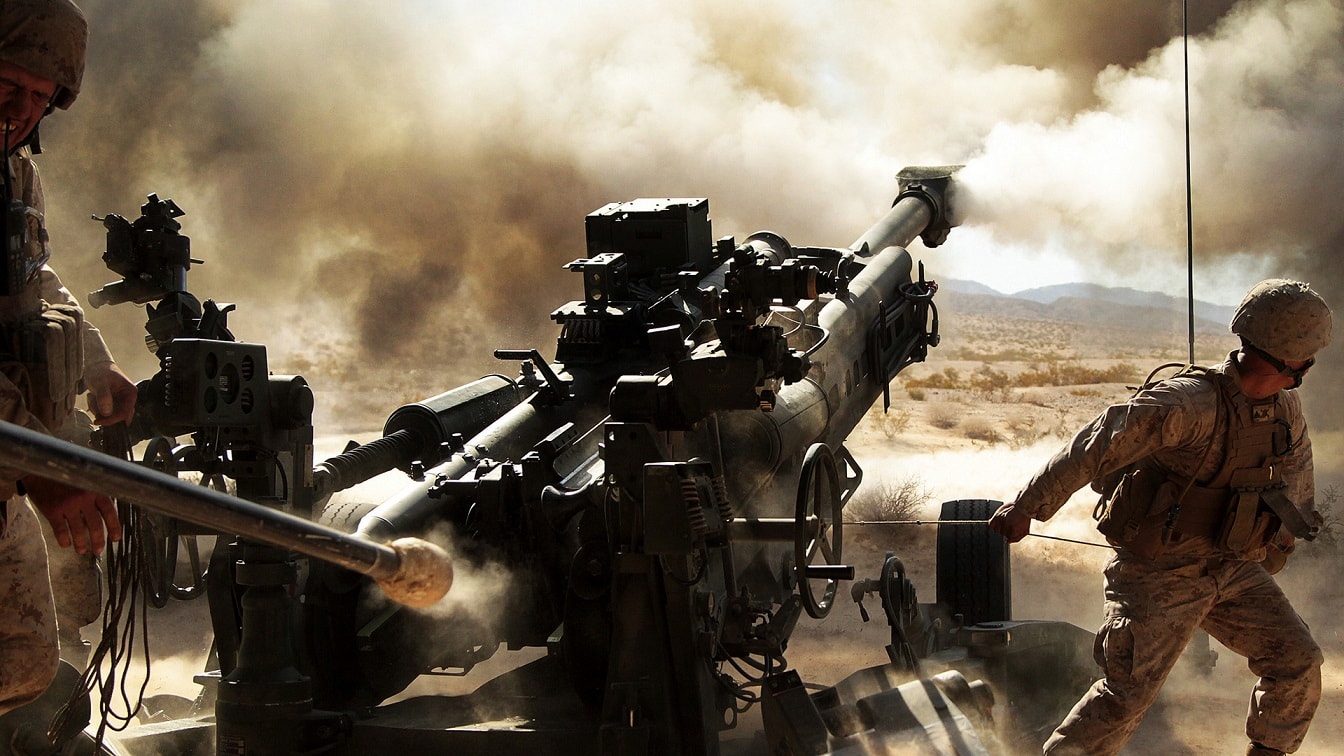What Other Long-range Weapons Could Ukraine Ask For? Ukrainian officials have repeatedly pressed Washington to send it the Army Tactical Missile Systems (ATACMS), a platform commonly known as “attack ’ems,” but the Biden Administration remains reluctant – due to the fact that it would have the range to strike targets within Russia. The Lockheed Martin-produced long-range guided missile system is certainly capable of striking targets well beyond the range of existing Army cannons, rockets, and other missiles. President Volodymyr Zelensky has requested the ATACMS, arguing that it could be crucial to Ukraine’s liberation of Crimea, and even insisted that he had no intention of striking Russian cities or aiming at civilian targets.

U.S. Marines with Ground Combat Element, Marine Rotational Force – Darwin, fire a M777 during fire missions training at Mount Bundey Training Area, NT, Australia, Aug. 6 2020. The training provided Marines a unique opportunity to develop new techniques and procedures to integrate direct and indirect fire. The ability to rapidly deploy fire support and employ indirect fire weapons provide the Marine Corps an advantage as an expeditionary forward force deployed to austere environments. (U.S. Marine Corps photo by Cpl. Lydia Gordon)
Though the Pentagon won’t likely send the ATACMS, it has already provided thousands of satellite-guided rockets and 16 High Mobility Artillery Rocket System launchers, or HIMARS, to fire them. Those rockets have struck more than 400 Russian ammunition depots, command posts, and radars. The HIMARS, which can carry six guided rockets, has a range of nearly 50 miles – and some critics of the Biden Administration’s policies have suggested that such weapons only allow Ukraine to stay in the fight but not actually win it.
“The Ukrainians now are transitioning their force — they are starting to look more like a NATO military than a former Soviet Union, Warsaw Pact military. And what’s more is they’ve actually shown their ability to do that — to both fight and make that transition, and learn new systems at the same time,” Rep. Jason Crow (D-Colo.) told The Hill last month. “So now it is time to start providing those more advanced systems — which the administration is doing — and continue to push them to do more of, and to do it on a faster timeline.”
Kyiv has continued to push for longer-range weapons, and the ATACMS is hardly the only platform so desired, even coveted by the Ukrainian military. That has included more modern aircraft, western-made main battle tanks, and of course other long-range weapons.
The United States had initially withheld approval for requests for Stinger anti-aircraft missiles, M777 Howitzer artillery pieces, anti-ship missiles, and HIMARS systems, but later gave the green light to the weapons shipments. However, it isn’t just how Ukraine could use the weapons, but whether the U.S. even has them to give. As The New Yorker reported this week, no matter how platforms such as the MIM-104 Patriot surface-to-air missile or NASMS – the two ground-based air-defense systems Ukraine has been requested – could aid Ukraine’s war effort, there aren’t just “spares” waiting to be sent. The U.S. would have to remove batteries from South Korea or the Middle East, and that’s not likely to occur.
Likewise, ATACMS and other long-range missiles could be the line in the sand that simply isn’t crossed – yet they could be the very weapons that Kyiv most certainly needs to win the war.
A Senior Editor for 19FortyFive, Peter Suciu is a Michigan-based writer who has contributed to more than four dozen magazines, newspapers, and websites with over 3,000 published pieces over a twenty-year career in journalism. He regularly writes about military hardware, firearms history, cybersecurity, and international affairs. Peter is also a Contributing Writer for Forbes. You can follow him on Twitter: @PeterSuciu.

